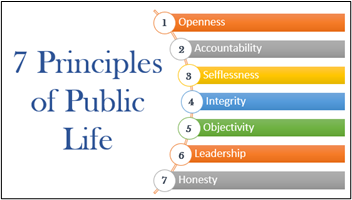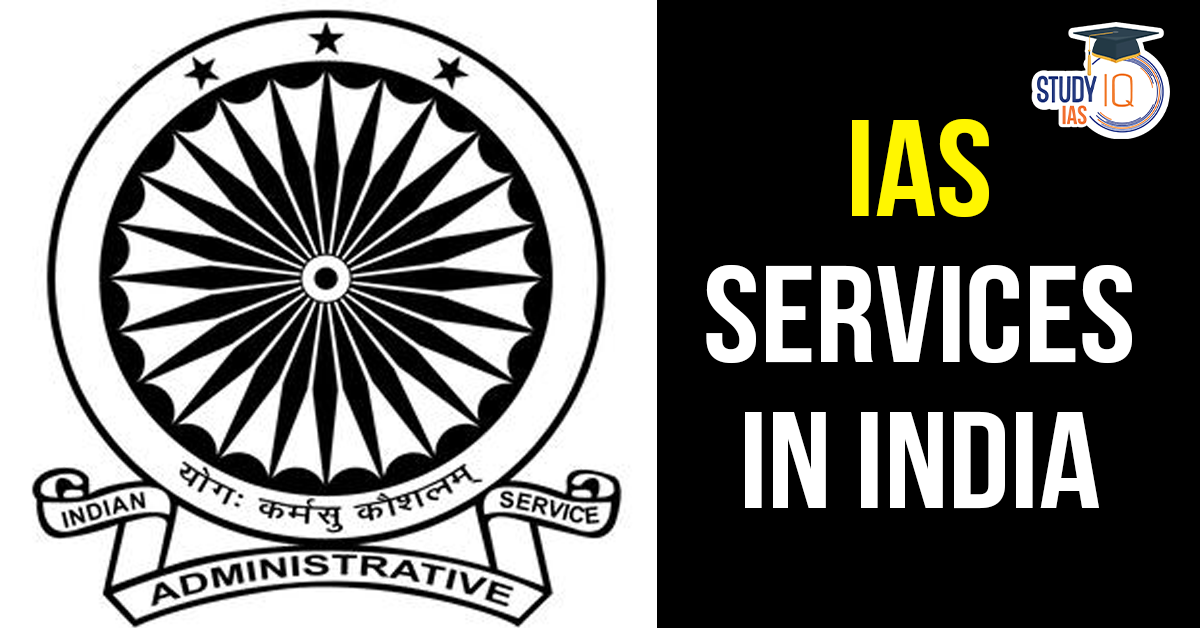Table of Contents
Background of IAS Services in India
Pre-Independence Era
- Origin in British Administration: Civil services in British India came with the implementation of Macaulay’s Report 1835.
- Later in 1858, the Imperial Civil Service (ICS) was established by the British in India.
- It was designed to consolidate British rule in India and administer the country through a small, elite cadre of bureaucrats.
- Competitive Examination: Recruitment to the ICS was based on highly competitive examinations held in London.
- This created a barrier for Indians, as few could afford to study or travel abroad.
- Indians in ICS: Despite the obstacles, early Indian pioneers like Satyendranath Tagore (1863) and C. Dutt joined the ICS.
- By the early 20th century, reforms such as the Montagu-Chelmsford Reforms (1919) increased Indian representation in the service.
- Role in Governance: Backbone of the colonial administration, dealing with law and order, revenue collection, and implementation of policies dictated by the British government.
Post-Independence Era
- Continuity of Services: After independence in 1947, the ICS was renamed the Indian Administrative Service (IAS) in 1950, becoming a key part of the All India Services.
- It was retained to ensure administrative stability and effective governance during the transitional period.

- Democratic Recruitment: The Union Public Service Commission (UPSC) was tasked with conducting open, merit-based examinations to ensure accessibility and fairness.
- This enabled a wider section of society, including marginalized communities, to join the IAS.
- Role in Nation-Building: The IAS became central to the planned development approach of independent India, implementing Five-Year Plans, industrial policies, and socio-economic reforms.
- Officers were tasked with maintaining law and order, managing revenue, and executing welfare schemes.
- Over time, emphasis was placed on improving transparency, inclusivity, and accountability in governance.
What are the Current Challenges?
- Politicisation of the IAS:
- Political loyalty influences transfers, suspensions, and promotions.
- Undermines morale, professionalism, and meritocracy.
- Lack of Specialisation:
- Frequent department transfers hinder officers from developing domain expertise.
- Limits their capacity to deal with complex governance challenges effectively.
- Corruption and Inefficiency: Bureaucratic corruption erodes trust and hampers policy implementation.
- Eg., India’s percentile rank in controlling corruption has improved by a smaller margin, rising from 39.9 in 2014 to 44.3 in 2022, according to the World Bank collection of development indicators reflecting systemic inefficiencies.
- Centralised Decision-Making: Decision-making within the IAS is highly centralized, which can stifle innovation and limit the involvement of lower-level administrators and local stakeholders in governance processes.
- Structural Weaknesses:
- Outdated personnel practices, lack of accountability, and performance monitoring.
- Bureaucratic inertia hinders the implementation of reforms.
- Risk of Over-Centralisation: Increased power in the Prime Minister’s Office (PMO) may disempower senior IAS officers, affecting their autonomy.
- Limited Implementation of ARC’s Recommendation: Many of the Administrative Reforms Commission (ARC) recommendations remain unimplemented, stalled by bureaucratic inertia and political resistance.
| First Administrative Reforms Commission (1966) |
Second Administrative Reforms Commission (2005)
|
Government Push for Reform
- The union government recognized the limitations of the traditional IAS-centric model and initiated lateral entry to bring in domain experts from the private sector and other government services into senior bureaucratic roles.
- Since 2018, the government has actively recruited individuals with specialized knowledge, appointing 57 officers by 2023.
- This recruitment aims to enhance policymaking with fresh perspectives and expertise.
- The Union Public Service Commission (UPSC) recently advertised 45 posts for lateral entry, including positions for Joint Secretaries and Directors across various ministries.
- This has led to a shift in the composition of Joint Secretaries at the Centre, where only 33% now belong to the IAS, a significant decrease from previous years.
Resistance and Criticism
- The lateral entry initiative has faced backlash from critics, including retired civil servants and opposition parties, who argue it may lower morale among existing officers and lacks reservation provisions for marginalized groups.
- Due to political pressure from allies and concerns over social justice, the government recently requested the cancellation of UPSC advertisements for lateral entry, emphasizing the need for equitable representation in government services.
Challenges to Bureaucratic Reform
- Institutional Resistance: Proposals for reforms such as lateral entry, performance-based promotions, and specialized training often encounter pushback from within the service, where seniority-based progression is the norm.
- Political Interference: Arbitrary transfers and promotions influenced by political motives undermine reform efforts.
- Attempts to introduce safeguards, such as the Civil Services Standards, Performance, and Accountability Bill (2010), remain stalled in legislative processes.
- Limited Impact of Judicial Interventions: The Supreme Court’s 2013 directive to establish civil services boards for ensuring fair transfers and postings has seen poor implementation due to a lack of enforcement.
- Inadequate Performance Metrics: Absence of a robust framework to evaluate bureaucratic efficiency and accountability.
- Decisions on promotions and placements are not consistently based on measurable performance outcomes.
Pathways for Reform
- Merit and Expertise in Recruitment: Prioritise candidates with domain-specific knowledge and skills during selection.
- Performance-Based Promotions: Tie career advancement to quantifiable and transparent performance metrics rather than seniority.
- Protection Against Arbitrary Transfers: Implement safeguards to prevent politically motivated transfers and suspensions.
- Fostering Specialisation: Encourage bureaucrats to specialise in key governance sectors like health, infrastructure, and education to improve policy outcomes.
- Data-Driven Bureaucratic Management: Invest in a robust data infrastructure to monitor and assess performance, ensuring informed decision-making on placements and promotions.
- Holistic and Enforced Reforms: Adopt a multifaceted, time-bound strategy for administrative reform, ensuring strong enforcement mechanisms for proposed changes.
| Best Practices from Other Models |
|


 Why India Needs Its Own Economic Model?
Why India Needs Its Own Economic Model?
 Challenges in India’s Airline Sector: ...
Challenges in India’s Airline Sector: ...
 Forest Conservation Act, 1980: Objective...
Forest Conservation Act, 1980: Objective...

























